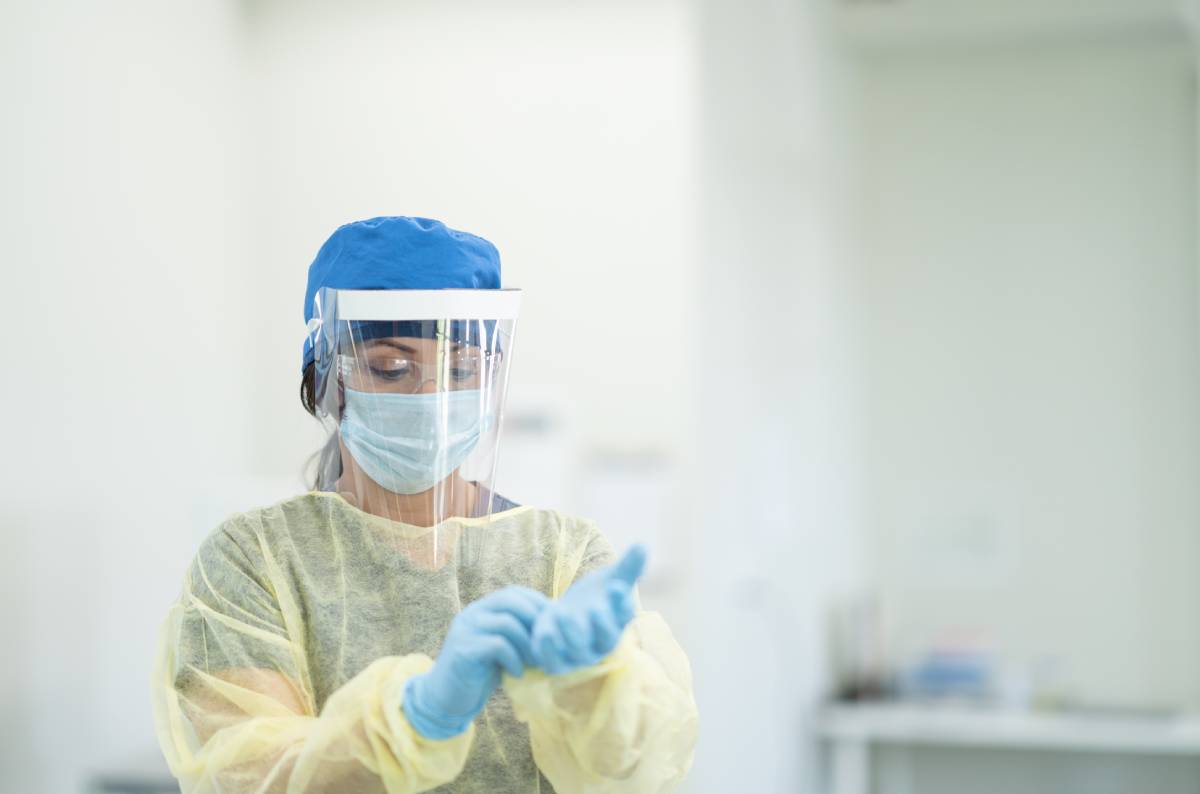Infection Control During Non-Surgical Procedures

Infection control is vital in healthcare settings to prevent the spread of pathogens. While surgical procedures often receive the most attention, non-surgical procedures also carry a significant risk of infection if proper protocols are not followed. Non-surgical procedures—such as endoscopy, botox injections, and dialysis—are less invasive than surgeries, but they still require stringent infection control measures to protect both patients and healthcare providers. Effective infection control in these settings involves rigorous hand hygiene, environmental cleanliness, the proper use of personal protective equipment (PPE), and the sterilization of instruments.
Hand hygiene remains one of the most critical practices in infection prevention, regardless of the procedure’s invasiveness. Healthcare providers must either wash their hands with soap and water or use an alcohol-based hand sanitizer before beginning any non-surgical procedure. The Centers for Disease Control and Prevention (CDC) recommends alcohol-based hand rubs over soap and water in most non-surgical settings unless hands are visibly soiled, as they have shown higher rates of compliance (1). The World Health Organization’s (WHO) “5 Moments for Hand Hygiene” are especially relevant here, requiring hand cleaning before touching a patient, before aseptic procedures, after body fluid exposure risk, after touching a patient, and after contact with patient surroundings (2). Additionally, the CDC emphasizes hand hygiene immediately after glove removal and when transitioning between soiled and clean areas on the same patient (1).
Maintaining a clean environment is another essential component of infection control during non-surgical procedures. Proper cleaning and disinfection of the procedure area and equipment between patients help reduce the risk of pathogen transmission. All surfaces in the patient-care environment must be cleaned with EPA-registered disinfectants that are effective against common healthcare-associated pathogens. These disinfectants typically contain agents like chlorine or alcohol (1), ensuring the eradication of bacteria, viruses, and fungi that may cause infections.
The appropriate use of personal protective equipment (PPE) is crucial, particularly when there is a risk of exposure to blood, bodily fluids, mucous membranes, or non-intact skin. Depending on the procedure, this may include sterile gloves, masks, eye protection, drapes, and sterile instruments. The type of PPE used should be matched to the procedure’s potential risks, including the likelihood of exposure to fluids or respiratory droplets (1). For example, procedures involving the insertion of devices such as catheters may require more stringent PPE compared to lower risk procedures like botox injections.
Proper sterilization of instruments is a key infection control practice in both non-surgical and surgical procedures. Instruments used in non-surgical procedures must be sterilized—often through autoclaving, which uses high-pressure steam to kill microorganisms. Single-use
instruments, such as syringes or catheters, must be safely disposed of immediately after use to prevent cross-contamination (4). For certain non-surgical procedures, such as injections or the insertion of central lines, preparing the patient’s skin with an antiseptic solution significantly reduces the risk of infection (5).
Beyond these fundamental precautions, the success of infection control in non-surgical settings also depends on institutional protocols. Leadership support for infection prevention initiatives, comprehensive training for healthcare personnel, and ongoing education about infection control are vital for maintaining high standards. Additionally, patients and caregivers should receive proper aftercare instructions to reduce infection risk post-procedure. Monitoring and evaluating infection control practices can help healthcare facilities identify areas for improvement and ensure compliance with established protocols (1).
References
1. Centers for Disease Control and Prevention. (2022). Core Infection Prevention and Control Practices for Safe Healthcare Delivery in All Settings – Recommendations of the Healthcare Infection Control Practices Advisory Committee (HICPAC). Retrieved from https://www.cdc.gov/infection-control/hcp/core-practices/index.html
2. World Health Organization. “Your 5 Moments for Hand Hygiene.” World Health Organization, www.who.int/media/docs/default-source/integrated-health-services-(ihs)/infection-prevention-and-control/your-5-moments-for-hand-hygiene-poster.pdf.
3. Siegel, J. D., Rhinehart, E., Jackson, M., Chiarello, L., & Health Care Infection Control Practices Advisory Committee (2007). 2007 Guideline for Isolation Precautions: Preventing Transmission of Infectious Agents in Health Care Settings. American journal of infection control, 35(10 Suppl 2), S65–S164. https://doi.org/10.1016/j.ajic.2007.10.007
4. Rutala, William A. (William Anthony), 1948- and Weber, David J. (David Jay), 1951- (2017). Guideline for disinfection and sterilization in healthcare facilities, 2008.
5. Cagle Jr, S. D., Hutcherson, B. L., & Wiley, A. T. (2022). Health care–associated infections: best practices for prevention. American family physician, 105(3), 262-270.
